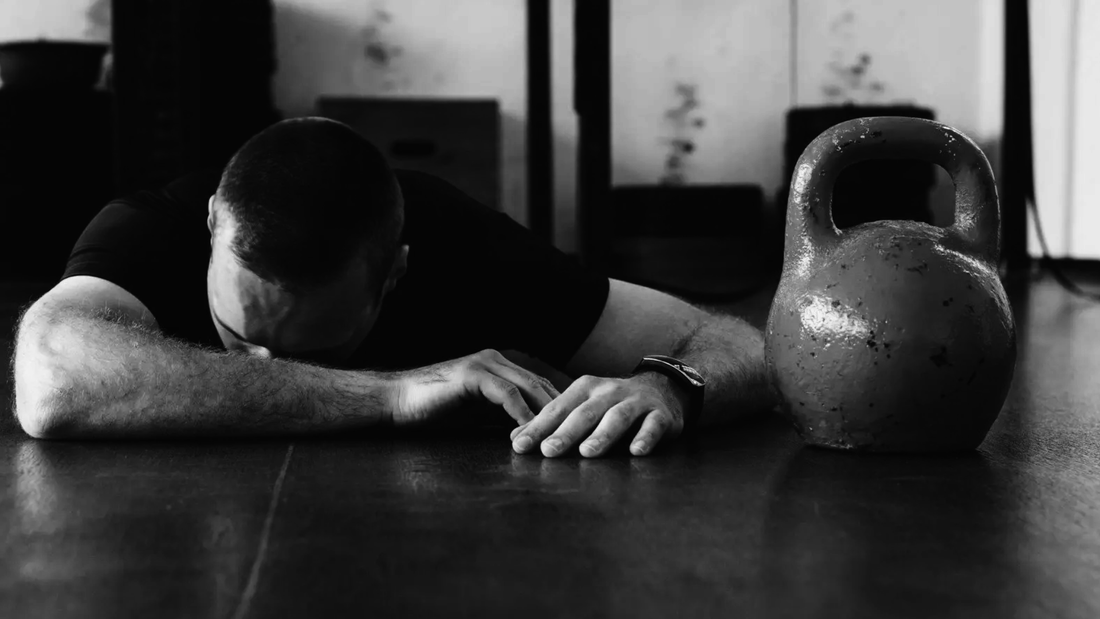
How to Train Without Getting Injured
Most lifters don’t think about injury prevention until they’re already hurt. By then, the damage is done - and the recovery usually takes longer than expected. You lose momentum. You lose progress. And you lose trust in your own body.
But training without getting injured isn’t about being overly cautious or avoiding hard work. It’s about training with precision - and understanding what your body actually needs to stay healthy under load.
Here’s how to keep making progress without breaking down.
Don’t Confuse Effort With Sloppiness
Training hard is necessary. But intensity is only productive when it’s paired with control. Most injuries don’t come from training to failure - they come from rushed reps, poor setup, and cheating your form.
If your final reps turn into flailing, momentum-based half-reps, you’re no longer training the muscle - you’re just forcing the joint. That’s when things go wrong.
Train hard, but keep every rep strict, controlled, and intentional - especially when it gets difficult. The set should end because the muscle gave out, not because your form collapsed.
Respect Your Recovery (Even If You Feel Fine)
Injury often shows up not as a single event, but as accumulated fatigue that your body eventually fails to tolerate. You feel “tight,” then “off,” then one day something pulls or tweaks mid-set.
If you’re not recovering between sessions, your risk goes up - even if your workouts feel manageable. Strength without recovery is a setup for injury.
This is why rest days, sleep, and nutrition aren’t optional. They’re part of your injury prevention strategy. If you’re always sore, sluggish, or relying on stimulants to get through a session, something needs to change.
Warm Up to Activate, Not Just to Loosen
Warming up isn’t just about breaking a sweat. It’s about activating the muscles you’re going to use. Most injuries come from imbalances - one muscle fires too hard to compensate for another that’s asleep.
Before you squat, fire your glutes. Before you press, activate your upper back. Spend 5 minutes doing targeted, specific prep, not 20 minutes foam rolling everything in sight.
Activation builds stability. Stability prevents overload in the wrong places.
Control Your Eccentric
The lowering phase of a lift - the eccentric - is where the muscle handles the most force. It’s also where most small strains, tendon issues, and soft tissue injuries happen.
Rushing through the eccentric to save energy is a short-term move that leads to long-term problems.
Take your time on the way down. Control the weight. Own the range of motion. You’ll get more out of the set - and reduce the microtrauma that adds up to injury later on.
Don’t Ignore Small Signals
Pain that lingers. A weird tightness that keeps showing up. A clicking joint that’s getting louder. These aren’t badges of honor - they’re early warnings.
Most serious injuries come from ignoring minor issues. You train through discomfort long enough, and it turns into something that forces you to stop.
The better approach: if something doesn’t feel right, scale back, adjust the movement, or swap it out temporarily. Protecting long-term progress is more important than finishing one stubborn set
Final Word
You can train hard for years without getting injured - but only if you train smart.
That means respecting form, controlling effort, recovering fully, and paying attention when your body speaks. It means seeing injury prevention not as a bonus, but as a requirement for progress.
Muscle grows when you’re consistent - and nothing kills consistency like time on the sidelines.
Train with precision. Recover like it matters. And lift in a way that lets you keep going — not start over.
